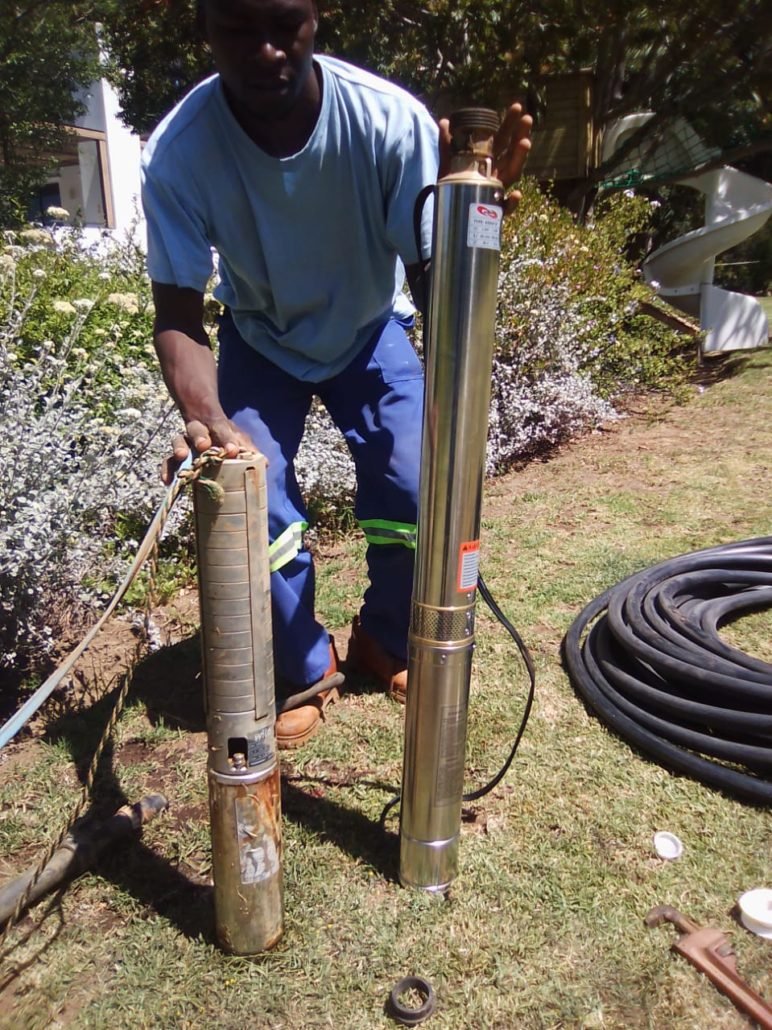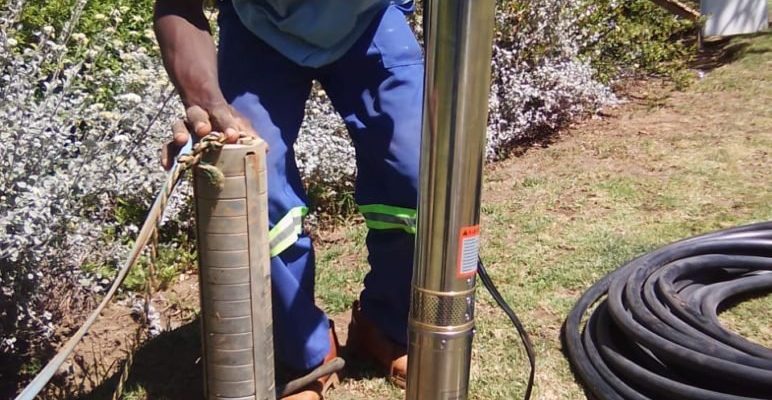
In this guide, we’ll walk through the steps of repairing a damaged bore hole, focusing on how to ensure your new knob fits perfectly. We’ll break down the process like it’s a recipe, making it easy to follow even if you’re a total beginner. This isn’t just about fixing a hole; it’s about restoring functionality and style to your doors. So, let’s dive into the ins and outs of repairing bore holes, ensuring you can confidently tackle that knob installation.
Understanding Bore Holes and Their Importance
Bore holes are the drilled openings in a door where knobs and locks sit. Think of them as the door’s way of welcoming the hardware that gives it function. If these holes are damaged or improperly aligned, your knob installation won’t just be a hassle; it can also lead to doors that don’t close properly or knobs that wiggle over time.
To visualize it, imagine trying to put a puzzle piece in a spot where it doesn’t fit. The bore hole needs to be just right! If there’s wood chipping, cracks, or if the hole is too big or too small, the entire door setup could be compromised. It’s essential to address these issues before attempting to install a new knob.
Another reason this matters is the increased risk of door damage over time. A faulty bore hole can cause stress on the door material, leading to bigger issues down the road. Proper prep now means less stress later.
Assessing the Damage
Before you dive in with tools and materials, take a moment to assess the damage. Look closely to determine if the hole is too large, cracked, or uneven. It can help to use a flashlight to spotlight any hidden damage.
1. Too Big: If the bore hole is oversized, you’ll likely need to fill it in before re-drilling.
2. Cracked Wood: Cracks can lead to instability. You may need to reinforce the area with wood glue or filler.
3. Misalignment: Sometimes the bore hole just isn’t quite right. You might need to carve out a new one, which requires some precision.
Grab a piece of paper and jot down what you see. This will help you decide on the best repair method. Understanding the extent of the damage is crucial before proceeding.
Materials You’ll Need
Having the right materials is half the battle when it comes to repairing a bore hole. Let’s gather everything you might need:
- Wood filler or epoxy
- Sandpaper (medium and fine grit)
- A wood chisel or drill
- A level
- A measuring tape
- A knob installation kit (which often includes screws and templates)
These supplies will help you not only repair the hole but also ensure your new knob is installed securely. Having everything at hand before you start can make the process smoother and quicker.
Repairing the Bore Hole
Now that you have your materials ready, let’s get into the repair process. This is the hands-on part, so roll up your sleeves!
1. Fill the Damaged Area: Begin by cleaning out the bore hole. If there are loose pieces of wood, remove those. Apply wood filler or epoxy into the hole, ensuring it fills the entire area without any gaps. Smooth it out so it’s level with the door’s surface.
2. Let It Cure: Allow the filler to cure as per the manufacturer’s instructions. This can take anywhere from a few hours to a full day, depending on the product. Patience is key here—rushing this step could lead to a weak repair.
3. Sand the Surface: After the filler is fully cured, use medium grit sandpaper to smooth the surface. Once you’re satisfied, switch to fine grit to create a seamless finish that blends with the door.
4. Re-drill (if necessary): If your bore hole was too big or misaligned, you might need to re-drill. Use a drill to carefully create a new hole at the desired diameter, ensuring it’s straight and aligned with existing hardware.
Installing the Knob
Now comes the fun part: installing your knob! With the bore hole in top shape, you can follow these steps for a successful installation.
1. Align and Position: Place the knob in its designated position. Before securing anything, check that it lines up perfectly. Use a level to ensure it’s straight.
2. Secure the Knob: Using the screws from your installation kit, secure the knob in place. Don’t tighten them all the way at first—this allows for adjustments.
3. Tighten and Test: Once everything is aligned, tighten the screws completely. Test the knob by turning it to ensure smooth operation. Make any final adjustments as necessary.
Installing the knob is like adding the finishing touch to a piece of art—everything should look and feel just right!
Common Mistakes to Avoid
Even with a clear plan, it’s easy to make mistakes during the repair process. Here are some pitfalls to watch out for:
– Rushing Repairs: Taking your time with repairs ensures a solid finish. Rushing can lead to cracks or uneven surfaces.
– Skipping Measurements: Double-check your measurements before drilling or installing. An error here can lead to more work down the line.
– Ignoring the Cure Time: Don’t try to install too soon after applying filler or epoxy. If the material isn’t fully cured, your repair won’t hold.
By paying attention to these details, you can avoid common headaches that come with DIY projects.
Maintaining Your Repairs
Your repair is complete, but don’t forget about maintenance. Regular checks will help ensure your door remains in great shape.
– Inspect Regularly: Keep an eye on the knob and the surrounding area. If you notice any wiggles or displacements, it might be time to re-evaluate.
– Keep It Clean: Regular cleaning of the door and hardware can prevent dust buildup, which can lead to long-term damage.
By building these habits, you can prolong the life of your door hardware and keep it looking fresh for years to come.
Repairing a damaged bore hole can seem daunting, but with the right approach, it’s entirely manageable! By assessing the damage, gathering your materials, and following a step-by-step process, you’ll be able to install your knob with confidence. Just remember to take your time, measure carefully, and enjoy the satisfaction of completing the project.
Whether you’re fixing up an old door or installing a new knob for the first time, knowing how to handle bore hole repairs is an invaluable skill. Embrace the DIY journey, and soon you’ll find yourself tackling even bigger projects around the house!
